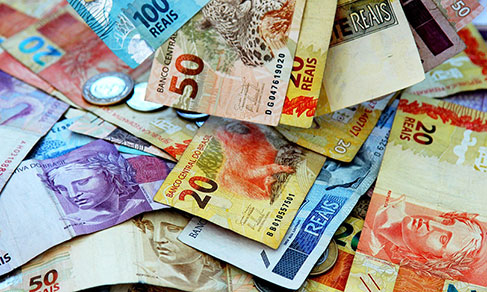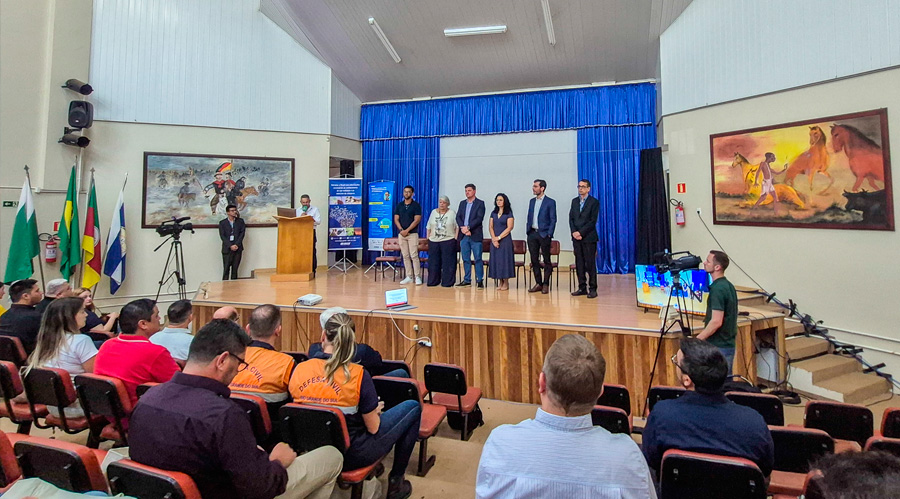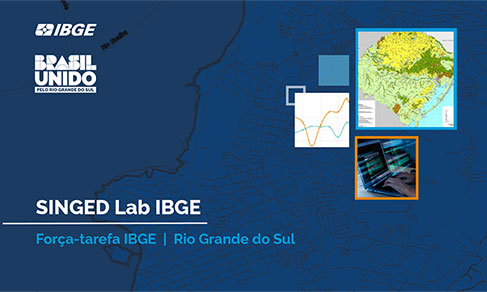Continuous PNAD
Unemployment retreats in 2 Federation Units in Q3 2025
November 14, 2025 09h00 AM | Last Updated: November 14, 2025 02h35 PM

The Brazilian unemployment rate in the third quarter of 2025 reached 5.6%, the lowest one in the time series started in 2012. Compared to the second quarter of 2025, this rate fell in 2 out of 27 Federation Units and remained stable in the others. The highest rates were in Pernambuco (10.0%), Amapá (8.7%) and Bahia (8.5%) and the lowest ones were in Santa Catarina (2.3%), Mato Grosso (2.3%) and Rondônia (2.6%). This is shown in the Quarterly Continuous National Household Sample Survey (Continuous PNAD) released today (14) by the IBGE.
The data include the reweighting of the time series of the Continuous PNAD, already released on July 31. The reweighting of the survey in 2025 considers the population totals from the Population Projections, released in 2024, which incorporate the results of the last Population Census, carried out in 2022. For more details, see Technical Note 02/2025.
All the ranges of search for a job saw a reduction in the number of unemployed people
In the third quarter of 2025, the number of unemployed people in the four ranges of job search periods analyzed by the Continuous PNAD decreased compared to the same quarter of 2024. Furthermore, two out of four ranges of search time for a job showed their lowest numbers for a third quarter in the time series of the Continuous PNAD, which began in 2012: from 1 month to less than 1 year (3.1 million) and from 1 year to less than 2 years (666 thousand). The initial range, of less than a month (1.1 million), showed the smallest contingent since 2015, and the range of 2 years or more (1.2 million), the smallest contingent since 2015. In this longer time range, the contingent fell 17.8% compared to the third quarter of 2024. (other option 5.6% compared to the second quarter of 2025)
According to William Kratochwill, an analyst of the survey, the third quarter of each year, as expected, is still a period of adaptation for the labor market to meet the expectations of economic agents in relation to the last quarter of the year. “The unemployment rate decreased due to a marginal, non-significant increase in employment and this increase promoted a reduction in search time,” explained him.
Unemployment rate for women is 6.9% and for men, 4.5%
In the third quarter of 2025, while the unemployment rate of the population at working age reached 5.6%, this indicator was 4.5% for men and 6.9% for women. By color or race, this rate was below the national average for white persons (4.4%) and above for black (6.9%) and brown persons (6.3%).
The unemployment rate for people with incomplete secondary education (9.8%) was higher than that of the other schooling levels analyzed. For people with incomplete higher education, the rate was 5.8%, almost twice that seen for those with complete higher education (3.0%).
Maranhão (57.0%) has the highest informality rate and Santa Catarina (24.9%), the lowest one
The informality rate for Brazil was 37.8% of the employed population. The highest rates were in Maranhão (57.0%), Pará (56.5%) and Piauí (52.7%) and the lowest ones were in Santa Catarina (24.9%), Federal District (26.9%) and São Paulo (29.3%).
For the IBGE analyst, these data show how informality remained stable in relation to the second quarter of 2025. There was a reduction of 130 thousand people employed without a formal contract in domestic services, offset by an increase of 111 thousand workers without a formal contract in the public sector. “Another important point is the relationship between informality and low schooling level and low average income in the region, which is notable in these states with greater informality,” adds Kratochwill.
The informality rate of the employed population is calculated taking into account those employed in the private sector and domestic workers without a formal contract, as well as employers and self-employed workers without a CNPJ number and assisting family workers.
Maranhão has the lowest proportion of those employed with a formal contract (51.9%) and Santa Catarina leads (88.0%)
Among those employed in the private sector, 74.4% had a formal contract in the third quarter of 2025. The highest percentages of formal employees were in Santa Catarina (88.0%), São Paulo (82.8%) and Rio Grande do Sul (82.0%) and the lowest ones were in Maranhão (51.9%), Piauí (52.4%) and Paraíba (55.3%).
On the other hand, the percentage of self-employed workers reached 25.3%. The highest percentages were in Maranhão (33.1%), Pará (29.9%) and Amapá (29.1%) and the lowest ones were in the Federal District (17.5%), Acre (19.3%) and Goiás (21.5%).
Earnings grow in the South and Central-West and remain stable in the other regions
In the third quarter of 2025, the real average earnings from all jobs usually received was estimated at R$3,507. It remained stable compared to the immediately previous quarter (R$3,497) and increased compared to the same quarter in 2024 (R$3,373).
In the quarterly comparison, the South (R$4,036) and the Central-West (R$4,046) were the regions with a statistically-significant increase in earnings, while the others remained stable. In relation to the third quarter of 2024, earnings grew in the Northeast (5.7%), South (8.4%) and Central-West (5.8%).
On the other hand, the usual real wage bill (R$354.6 billion) remained stable compared to the previous quarter and expanded compared to the third quarter of 2024. The Southeast had the biggest real wage bill throughout the time series (R$176.0 billion). In relation to the second quarter of 2025, the wage bill grew in the South and Central-West regions, and, in the other regions, it remained stable.
More about the survey
The Continuous PNAD is the major survey on workforce in Brazil. At each quarter, two thousand interviewers in more than 500 branches of the IBGE´s data collection network visit a sample of 211 thousand households, covering nearly 3,500 municipalities located in the 27 Brazilian Federation Units.
Due to the Covid-19 pandemic, the IBGE implemented data collection by telephone on March 17, 2020. In July 2021, face-to-face data collection was resumed.
The identity of the interviewers can be confirmed on the Answering the IBGE website or through the Call Center (0800 7218181), and their ID numbers can be requested by the informants.
The survey data can also be accessed on Sidra. The next release of the Quarterly Continuous PNAD, relative to the fourth quarter of 2025, will be on February 20, 2026.




















